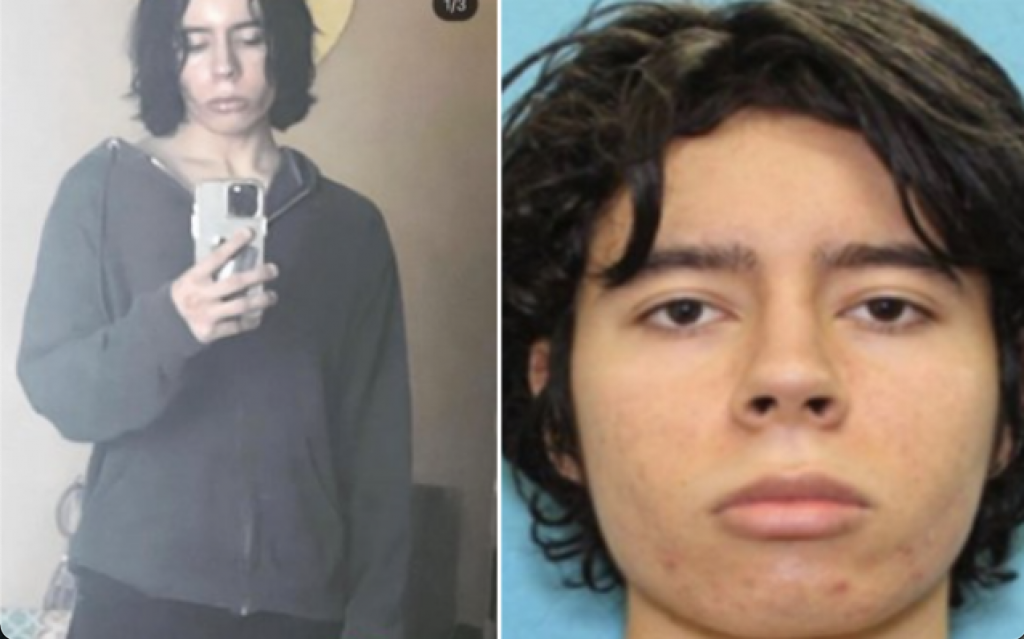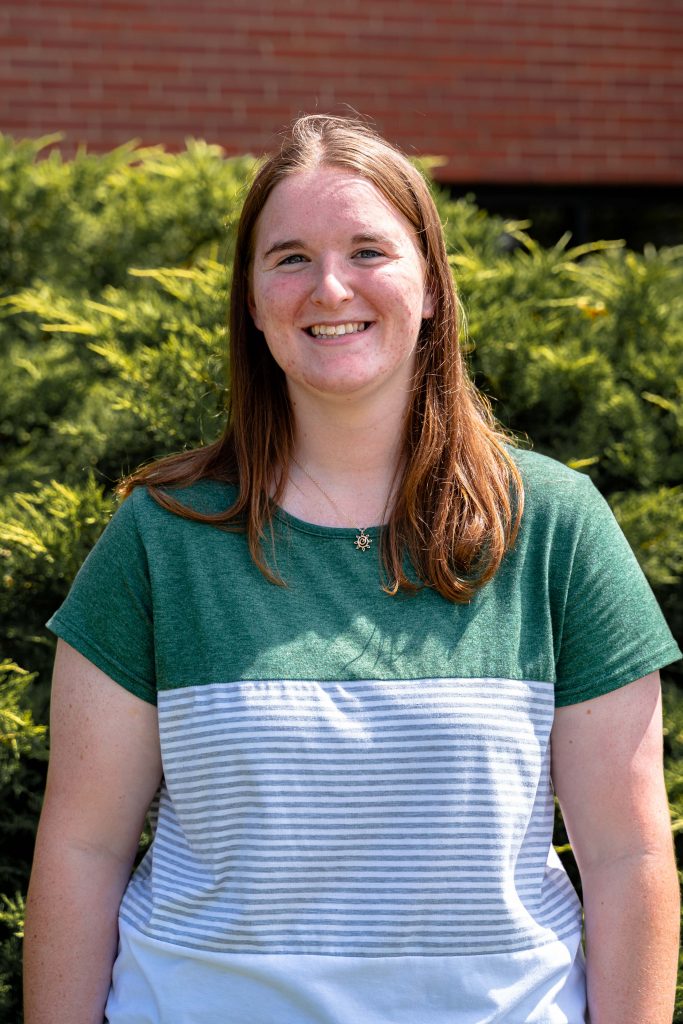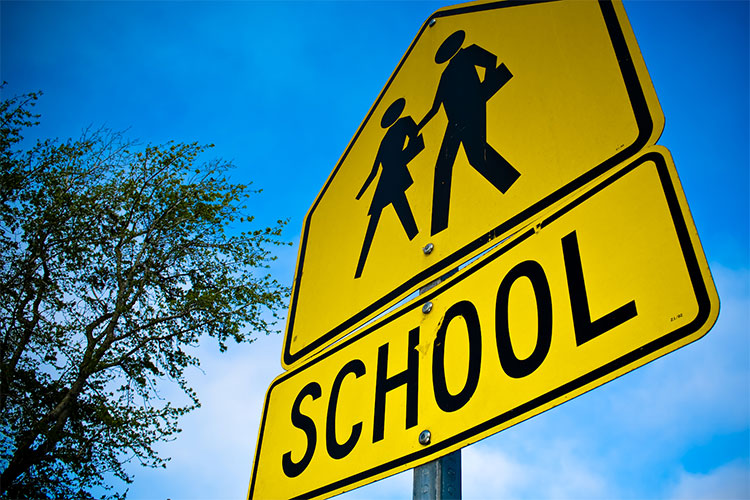Students at Robb Elementary School in Uvalde, Texas, only had two more days of school before summer break on May 24. The school had several events planned to celebrate the end of the academic year, including an awards ceremony, a family dance and classroom parties, according to a calendar on its Facebook page.
These events would never happen. A mass shooting at the school left 19 children and two teachers dead after 18-year-old Salvador Ramos entered the campus and barricaded himself in a fourth grade classroom. Authorities report that Ramos was killed by a U.S. Border Patrol agent at the scene.
The tragedy reverberated across the country, sparking further debate over gun reform, policy changes and a rehaul of schools’ security measures. However, details about the shooting and the shooter himself also reveal a troubling trend concerning violent acts in America.
The three school shootings with the highest death tolls have all occurred in the past decade — Sandy Hook Elementary in 2012, Robb Elementary in 2022 and Marjory Stoneman Douglas High School in 2018. The time correlation between these incidents implores us to ask this question: What about the culture today seems to be fueling these types of attacks?
This shooting, and the many other mass shootings of late, cannot simply be blamed on a “gun problem” or a “policy problem.” Mass shootings are complex — there are an infinite number of perspectives from which to draw outrage. It would be easy to solely blame gun policy for these incidents, but it would be unwise and irresponsible to ignore the cultural milieu that produces people capable of committing these acts.

Politics aside, these tragedies points to an American culture steeped in violence, loneliness and mental health issues. This type of environment rife with isolation, mental health disorders and hostility creates a powder keg for these violent tragedies.
America has become a country beset with violence. The recent trend shows 2020 with an unprecedented 30% jump in the murder rate and a 12% jump in aggravated assault, according to the FBI’s annual Uniform Crime Report. The Robb Elementary shooting marked more than 200 mass shootings so far in 2022.
Along with violence, loneliness and isolation also define American culture today, especially for young people. A 2020 Center for Disease Control survey found that people ages 18-24 were more likely to suffer from anxiety, depression and substance abuse than any other group. A 2021 survey done by researchers at Making Caring Common, a project of the Harvard Graduate School of Education, compliments the CDC’s findings, claiming that 61% of young adults ages 18-25 reported suffering from serious loneliness.
“There is much to romanticize about being young, but that romanticization can blind us to the anguish and desolation that far too many young people suffer,” the Making Caring Common study said. “And many young people are calling for help.”
Whether it be outrage over gun laws, mental health issues or police response, the shooting at Robb Elementary School in Uvalde represents a complicated regurgitation of the flaws in our culture.
A thread connecting most mass shooters together is an unstable upbringing, whether it be childhood trauma or a broken family. The majority of mass shooters come from fractured families, a problem that hits close to home. The United States has the world’s highest rate of children living in a single-parent household, according to Pew Research Center.
The Violence Project, a nonprofit research center dedicated to reducing violence in society, reports that all the mass school shootings in its database were carried out by men. The average age of those involved with school attacks was 18. Around 56% of the shooters were bullied in the past, and 62% showed signs of mental health issues.
Whether it be outrage over gun laws, mental health issues or police response, the shooting at Robb Elementary School in Uvalde represents a complicated regurgitation of the flaws in our culture.
The shooter at Robb Elementary matched this typical profile of school shooters. Ramos predictably had a rough relationship with his family, often fighting with his mother and not seeing his father for several years.
“My mom tells me he probably would have shot me too, because he would always say I didn’t love him,” Ramos’s father said in an interview with The Daily Beast.
Bullying is another shared trait of mass shooters. Ramos was no different, struggling in social settings as a loner, being bullied for a lisp and trying to aggravate classmates and fight, according to reports.
Mental health issues are another cultural problem, in addition to isolation, violence and broken homes. Mental health disorders are running rampant in America’s youth — especially in mass shooters. One in 25 Americans live with a serious mental illness, according to the National Alliance on Mental Health.
At Uvalde, a lack of funding meant Ramos was unable to receive necessary mental health assistance. Classmates said the warning signs were clear that he needed psychological help. Ramos’ behavior on social media plainly shows that he was in desperate need of help as he often threatened females and posted cryptic messages online. Several females who received these threats did not report him because they said his actions were just typical online behavior.
We may never know why Ramos committed such an atrocious act, but the tragedy he caused illuminates a question that we must answer: Was Ramos an outlier in American culture, or was his act an indicator of a much larger problem, one that results from the violence, isolation and mental health issues overwhelming the country — and young people — today?
Culture is something Americans are collectively responsible for curating. Gun control or police reform do not change culture. They merely change the avenues through which culture moves. The Uvalde shooter was going to cause harm with whatever tools he had available even if he couldn’t legally buy an AR-15.
For now, so soon after this tragedy, we should mourn with those who mourn and grieve with those who grieve. Then, we must face the glaring holes this tragedy revealed in our culture’s moral framework, showing an underbelly of violence, loneliness and a young generation succumbing to a mental health epidemic.
Tragedies almost always evoke calls for change, and they act as catalysts for new policies and political shifts on both sides of the aisle. But sweeping, systematic changes are often slow, and most of us do not have the power or the resources to make them happen.

However, we can make cultural shifts in our own lives at the grassroots level. According to the same Making Caring Common study, half of the lonely young people surveyed reported that no one in the past few weeks had taken the time to ask how they were doing in a genuine manner.
While many of us do not possess the political power to change the culture in a way that will make a permanent difference, we do all have the means to care for others. We have the means to volunteer with youth programs and schools. We have the means to reach out to the lonely and the forgotten.
And we always have the means to pray.
Sarah Tate is the Editor-in-Chief of the Liberty Champion. Follow her on Twitter @state2151
